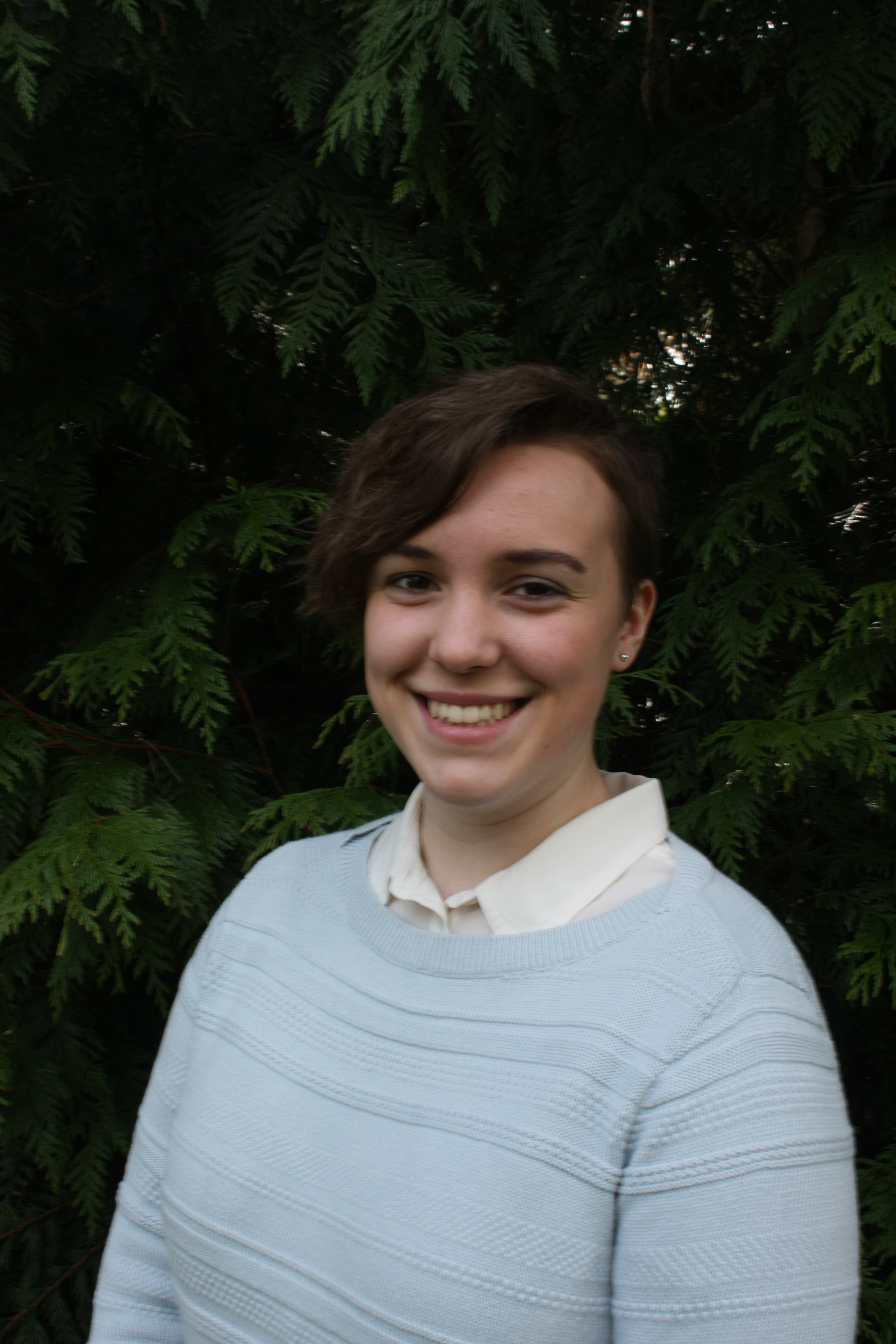Below is a summary of the abstract you submitted. Presenting author(s) is shown in bold.
If any changes need to be made, you can modify the abstract or change the authors.
You can also download a .docx version of this abstract.
If there are any problems, please email Dan at dar78@pitt.edu and he'll take care of them!
This abstract was last modified on May 15, 2017 at 1:08 p.m..

The student participants in our third cycle of the SEA-PHAGE project were again members of the interdisciplinary program Introduction to Natural Sciences, a year-long, full-time learning community with integrated instruction in biology, chemistry, and science process skills. During the fall quarter students collected and purified phages using enrichment cultures of Mycobacterium smegmatis mc<sup>2</sup> 155 at 37 C. This year 23 phages were isolated from local soils, purified, and entered into the PhagesDB collection. Compared to prior years, we had a lower percentage of successful isolations. This set of phages had their DNA purified and analyzed by restriction enzyme digestion and gel electrophoresis. Successful DNA extractions were completed for most of the phages, although some difficulty in dealing with DNA stability was encountered. DNA quality and restriction enzyme experiments were used to select genomes for sequence analysis. Phages were also analyzed by transmission electron microscopy after negative staining with uranyl acetate. This resulted in clear images of all of the isolated phages, which appeared to be siphoviridae.
The phages sequenced and analyzed were Ein37 and Plumbus. DNA from these phages was sequenced using the Illumina process at the Pittsburg Bacteriophage Institute. The sequence of Ein37 revealed a 53,748 bp linear double stranded DNA genome with a sticky fourteen bp 3’ overhang and with a GC content of 67.4 %. Analysis of the sequence of this phage confirmed that it was a siphoviridae in the Q cluster. BLASTn results showed that Ein37 had a 99% sequence identity with the other 7 members of cluster Q, indicating a high degree of similarity in this group, with almost half of the predicted genes being Phams unique to this cluster.
The genome of Plumbus is a 54,468 bp dsDNA with a sticky ten bp 3’ overhang and a GC content of 61.1%. BLASTn results indicated its closest relative was Cluster F1 phage Kimberlium. Both genomes were analyzed for potential protein coding open-reading frames using Glimmer and GeneMark, and protein functions were predicted by BLASTp and HHPred, as well as examining synteny with related phages. Preliminary results suggest the presence of 86 protein coding genes in Ein39 and 106 in Plumbus. We identified no tRNA or tmRNA genes in either phage. Further work is being conducted to identify and confirm all protein coding regions and to identify functions for predicted protein products.

